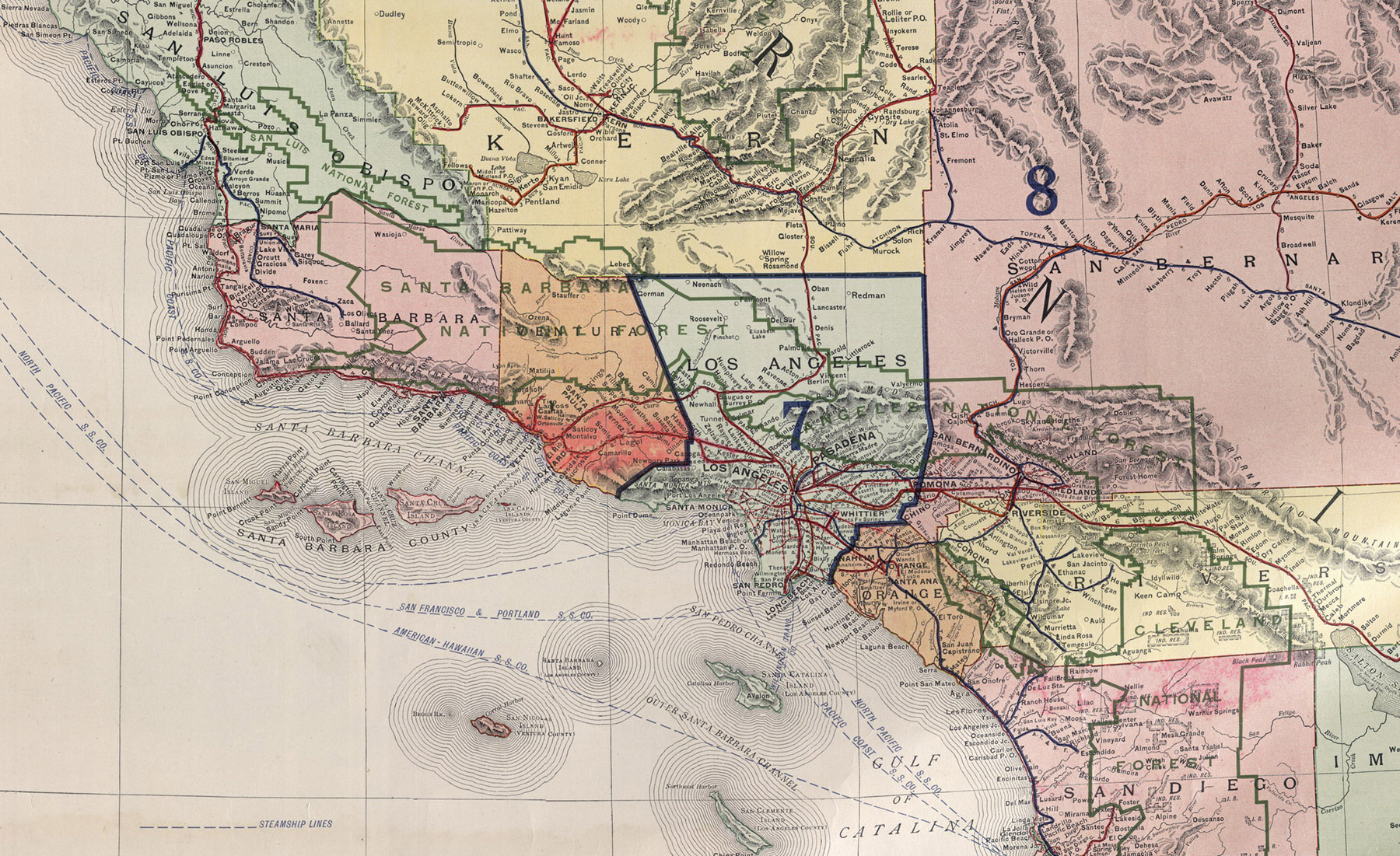
#176 Salton Sea State Recreation Area
The Salton Sea is one of the most fascinating spots in Southern California. Created by accident between 1905-07 while trying the reroute the Colorado River, water seeped through diversion canals for two years and settled into the Cahuilla Valley creating a new sea. Being in the low desert, everyone assumed the water would evaporate; however, the sea had other plans. Recreational resorts sprung up and the Salton Sea became a thriving new Riviera and yacht paradise.
With its lack of moving water supply, the sea became extremely salty causing the introduced fish to die off in the thousands. The beaches are made up of salt and fish bones, needless to say, causing the area surrounding the sea to become undesirable and uninhabitable. Ghost towns surround the shores while bird watchers come to the recreation area to enjoy the variety of birds that use the sea as a stopover between flight. Prepare your noses for a bizarre visit.
#175 Twenty Mule Team Canyon
Twenty Mule Team Canyon in Death Valley National Park is a beautiful drive with colorful badlands and eroded cliffs. It was named after the famous 'Twenty Mule Team' of 18 mules and 2 horses who hauled borax in wagons out of Death Valley between 1883 to 1889. The trip was a difficult ten day, 165 mile trek across the Mojave. History lives on in this perfect symbolic spot of the Old West. *Please use caution on this dirt road in the desert
#174 Bixby Creek Bridge
Bixby Creek Bridge is an iconic landmark along the famous Highway 1 Big Sur Coast. Opening in 1932, it is one of the tallest concrete bridges in the world and the most photographed on the West Coast. The bridge was named after Charles Henry Bixby, a New Yorker who harvested lumber and constructed a sawmill on the creek here in the late 1800's.
#173 Stearns Wharf
Stearns Wharf is the most visited place in Santa Barbara named for local lumberman John P. Stearns. With the original pier debuting in 1872, it became a hub for passengers and freight arriving on the central coast and was the longest pier between Los Angeles and San Francisco. A restaurant was constructed in the 1940's, and the wharf transitioned from a working to pleasure pier.
#172 Mission San Luis Rey de Francia
Mission San Luis Rey de Francia was the 18th of the California Missions founded on June 13, 1798. Known as the 'King of the Missions', it was once one of the largest at 950,000 acres in its prime and had a population of almost 3,000. The mission was named after King Louis IX of France for his Holy Land crusades of the 13th century. Life was difficult for the Luiseño Native Americans who lived here because of the new lifestyle and diseases brought over. By the time the Mission system had ended, their population dwindled by almost forty percent.
#171 The Nethercutt Collection
The Nethercutt Collection contains one of the finest sets of automobiles in the World. With more than 130 antique and vintage autos, mechanical music instruments, nickelodeons and the Wurlitzer Theatre Pipe Organ, the collection will keep you entertained with wonder. J.B. Nethercutt and his wife Dorothy created the museum which has been free since its opening in 1971. J.B.'s Aunt founded Merle Norman Cosmetics, whom he went into business with and whose profits helped create this amazing collection.
#170 Keeler Ghost Town
Keeler is a ghost town outside of Death Valley National Park in the Eastern Sierra Nevada known as the 'End of the Line'. The Carson and Colorado Railway extended their railroad all the way here during the Gold Rush in 1883. When nearby mining towns went bust, plans to extend the railway further to Mojave fell through and Keeler became the last stop of the line. The once-thriving adjacent Owens Lake was purchased by the city of Los Angeles who stole the entire water supply leaving Keeler high and dry.
#169 Santa Cruz Island
Off the Central Coast lies Santa Cruz Island, the largest of the Channel Islands owned by the National Park Service and Nature Conservancy. Inhabited by Chumash Native Americans for at least 10,000 years, they called the island 'Limuw' meaning 'in the sea'. Legend has it that the Chumash found a priest's staff left behind from the Spanish Portola expedition of 1769 and returned it. The island was then named 'La Isla de Santa Cruz' or 'Island of the Sacred Cross' from this friendly gesture.
Santa Cruz Island is the largest island in California and contains 77 miles of varied coastline from sandy shores to rocky coves. More than 600 plant species dot the island while eight grow nowhere else on Earth. A highlight to the island is spotting the curious Island Fox. Hikes for every skill level can be explored in this marvelous place for solitude.
#168 Orange Empire Railway Museum
The Orange Empire Railway Museum has been a railway paradise in Perris since 1956. With 90 acres of astounding locomotive history and more than 200 cars from Pullman, cable and streetcars, BNSF and the largest collection of Pacific Electric Railway stock in the world, the grounds will have you busy for hours. The museum is named 'Orange Empire' after the famous orange groves that once grew in the Inland Empire.
#167 Tharp's Log
Tharp's Log is a hollowed giant sequoia tree in Sequoia National Park. Led here by the Yokuts Native Americans, Hale Tharp was the first modern pioneer to discover the Giant Forest. He lived in this log 'cabin' in the summertime from 1861 to 1890, the year the park was established. Adjacent Log Meadow was the perfect spot for Tharp to raise his cattle. This National Register of Historic Places Landmark is a great mild hike for any visit to the park.






























